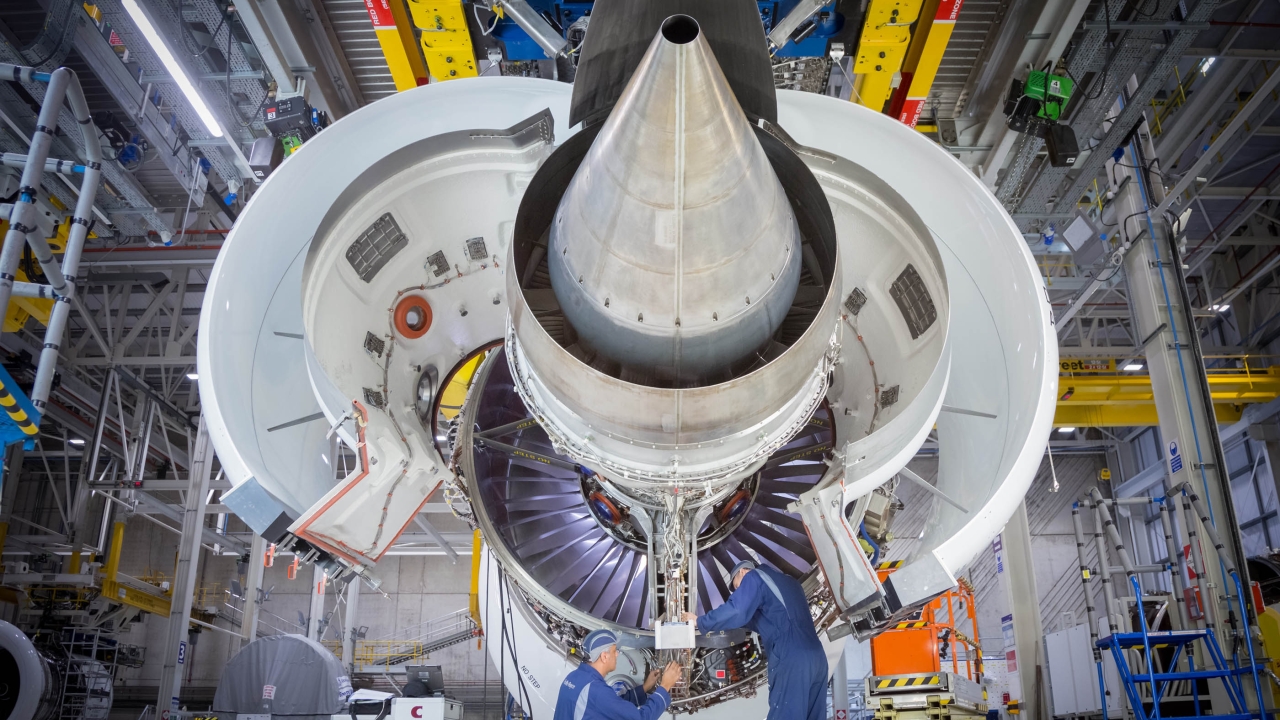Avanti improves African aviation safety with GNSS augmentation
Avanti Communications has led a new satellite-based project to help reduce the number of air traffic accidents on the African continent. Steve Nichols reports.

Africa has just 3% of global air traffic, but air accidents on the continent account for roughly 20% of the worldwide total. The accident data are dominated by controlled flight into terrain (CFIT) events
Avanti has developed a satellite-based augmentation system (SBAS) to improve global navigation satellite system (GNSS) accuracy. The SBAS-Africa project is a test-bed to demonstrate its potential benefits in southern and eastern Africa.
SBAS works by helping or augmenting GNSS satellite signals, making them more accurate and reliable.
These types of systems were pioneered by the US wide area augmentation system (WAAS) and European Geostationary Navigation Overlay Service (EGNOS).
SBAS systems augment the positioning signals obtained from GNSS, providing integrity and enhanced accuracy to the signals via broadcast navigation data messages.
A typical SBAS system deploys a network of ground monitoring stations (GMS) at accurately surveyed locations that track signals from GNSS satellites. The GMS then compares its known position with the GNSS satellite-calculated position to produce an error correction signal that can then be transmitted locally.
The data correction messages can be uploaded via a ground uplink station to geostationary (GEO) satellites equipped with specialised SBAS payloads and also broadcast to end users.
The SBAS-Africa project deployed a test bed using two Avanti satellites, ARTEMIS and HYLAS 2. A navigation transponder on-board the ARTEMIS spacecraft provides navigation data broadcast services to aircraft operating over Africa, while the HYLAS 2 satellite ensures reliable data communications for the SBAS infrastructure. This links GNSS monitoring stations in Africa with navigation data processing platforms in Europe.
David Williams, CEO of Avanti Communications, said: “The project currently serves South Africa and west Africa and will be extended to serve significant additional regions of the African continent.
“The programme is funded under the UK Space Agency’s international partnership space programme (IPSP) and establishes a unique collaboration between the UK and South Africa via the South African National Space Agency (SANSA).”
The SBAS-Africa project demonstrated other benefits of SBAS services in the aviation sector. These include instrument approaches, where none existed before due to infrastructure limitations; the extension of airport operating capacity and safety enhancement; plus more direct routeing, enabling operational flexibility, lower fuel consumption, less noise and fewer delays.
The system enabled a series of tests and demonstrations to be carried out with the results being presented in a series of workshops in Cape Town, Pretoria and Johannesburg in April.
In March, PildoLabs, in cooperation with Lanseria International Airport and local aeroplane and helicopter operators (MCC Aviation and Halo aviation), led the first SBAS flight-tests with ARTEMIS signals in South Africa.
Several instrument flight procedures based on SBAS were successfully flown in the Johannesburg area, including SBAS approaches for Lanseria International Airport runway 07 and helicopter-specific SBAS approach and departures to Johannesburg Hospital. A low-level-route (RNP 0.3) connecting the airport with the hospital was also successfully flown.
Feedback was extremely positive. A pilot from Sky Service operating in Madagascar commented: “I think SBAS presents a great advantage for airports where weather conditions can be variable and violent, since it allows secured precision approaches without any specific ground installations.”
The trial revealed a number of benefits for the aviation sector and regional African economies at large, particularly in the areas of infrastructure development, safety protocols and operational flexibility.
A preliminary business case for the future adoption and delivery of an SBAS open service (OS) approach is looking at the “economic benefits, timing, cost net present value, return on investment, risk and feasibility”.
This could deliver more than ZAR15.6 billion ($1.1bn) to the South African economy over 25 years, with a return on investment greater than 10:1. It could also be extended to deliver major economic benefits to other Southern African Development Community countries.
Stay up to date
Subscribe to the free Times Aerospace newsletter and receive the latest content every week. We'll never share your email address.

